NeuLog logger sensors help us investigate the multidisciplinary field of environmental science, which integrates biology, chemistry, physics, geology and meteorology. The principles of solar radiation, atmospheric pressure, properties of water, wind velocity and relative humidity are only some of the phenomena that the logger sensors measure, display and safely store. Solar Oven, Quality of Water, Heating the Earth’s Surface, Calcium and Chloride in Water. Physics Experiments, Chemistry Experiments, Biology Experiemnts, Share Your ExperienceEnvironmental science Experiments
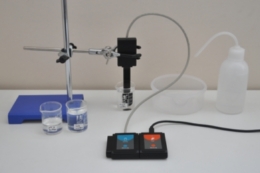
Properties of Sea water and Fresh water E-1 ver. 3.0.5
pH logger sensor
Salinity logger sensor
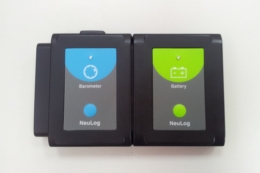
Air Pressure and Altitude E-2 ver. 3.0.5
Barometer logger sensor
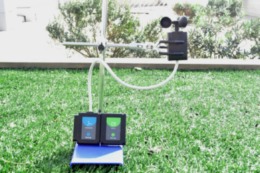
Wind Speed Measurements E-4 ver. 3.0.6
Anemometer logger sensor

Measuring Dew Point E-5 ver. 3.0.4
Temperature logger sensor
Dew point logger sensor
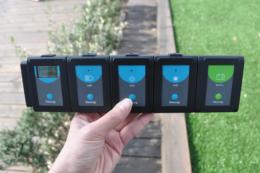
Rayleigh Scattering E-6 ver. 3.0.6
Light logger sensor
UVB logger sensor
UVA logger sensor
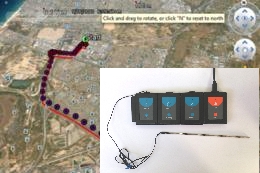
Microclimates and GPS E-7 ver. 3.0.4
Temperature logger sensor
Relative humidity logger sensor
GPS logger sensor
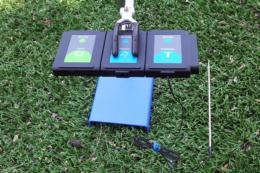
Temperature and Relative Humidity E-9 ver. 3.2.3
Temperature logger sensor
Relative humidity logger sensor
Upcoming Experiments: